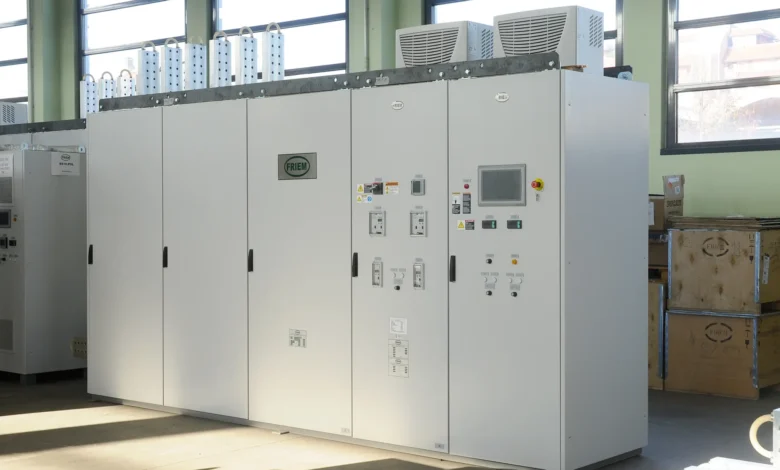
In the volatile energy market today, intense energy manufacturers are exposed to increasing pressure to do more. Clear requirements: not only to reduce operational costs but also to comply with ESG goals while enhancing energy flexibility and updating old systems – without disturbing the entire infrastructure.
While strategies such as renewable integration and automation of the process get a lot of attention, one solution is often ignored but very effective is to integrate advanced energy clips into industrial production operations.
What are the ingredients for energy and how do you affect manufacturing costs?
Among the conversion systems, energy provinces have proven that they are basic ingredients in many industrial systems. It serves by converting alternating current (AC) into a direct current (DC), ensuring a stable and accurate supply of energy.
Many sectors actually need to correct reliable energy for their manufacturing operations. Examples of such operations include the treatment of the surface of the minerals (such as electrical paint and mobility), welding and extraction, but also electrochemical production and batteries, as well as electrical analysis of hydrogen and other green energy applications.
However, not all ingredients are created equally. The next generation systems bring advanced digital control, high efficiency and specialization on the table. These features allow low manufacturing costs since these systems are designed to reduce energy waste and increase performance through difficult applications.
Manufacturers that used to use modern ingredients have reported a major impact:
- Up to 30 % energy consumption discounts
- Less than unplanned times thanks to the most intelligent diagnoses
- The age of equipment extended due to the smooth energy flow
- Smooth integration with Smart Factory and Industry 4.0 Ecosystems
As a leader in this type of highly efficient industrial ingredient that shows freeem, a company specialized in a developmentable midwife Solutions Designed for high -order sectors. Their systems are designed to meet the specific energy requirements of each application, which helps companies reduce costs without compromising quality or reliability.
Strategic advantages of industrial decision makers
For operating managers and energy managers, the promotions of the pillar offer more than technical improvements; It provides a strategic value. The ROI (ROI) is usually rapid, driven by energy saving and better production reliability. That is why industrial leaders are more and more attracted to these solutions.
The ingredients are a smart trade movement first due to the low cost of ownership (TCO), however they Also due to its improvement in sustainability measures: modern ingredients help reduce domain emissions 2, support ESG reporting and carbon removal.
Also, they open access to incentives, such as supporting ESG and carbon removal targets, and finally, they strengthen competitiveness – each percentage of efficiency accusations, especially in sectors where thin margins and benefit bills are high.
Smart power, younger operations
Nowadays, many sectors are affected by the high prices of electricity and the constantly increasing regulatory pressure. This is a dangerous reason to consider energy improvement with interest: High -performance ingredients provide a smart and developed method for reducing energy costs, increasing operating time, and supporting long -term sustainability targets.
Investing in this technology today means to be the first to benefit from a smaller and more competitive tomorrow. Replacement of old systems with highly efficient provinces is a future resistance step towards a great advantage in competency, sustainability and profitability issues.





